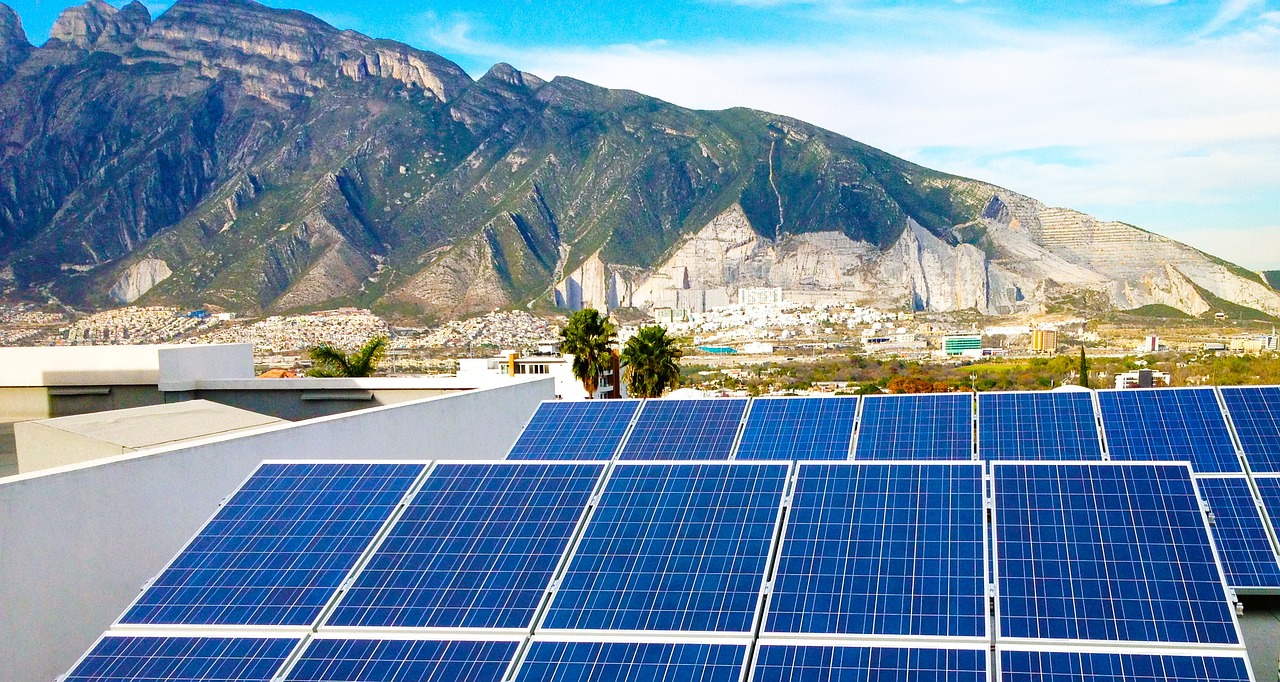California Threatens to Shut Renters Out of the Solar Rooftop Revolution
The California Public Utilities Commission (CPUC) will soon deliberate on a recently released proposed decision regarding the outstanding net metering programs that had been awaiting attention. While this proposed decision hasn't garnered the attention of last year's principal proceeding, its impact on California's solar landscape is large. The vote, expected to occur in October 2023, will have far-reaching consequences for renters and low-income residents across the state.
At the heart of this decision are some of the alternate net metering programs developed for specialized cases, including Virtual Net Metering (VNEM), which plays a pivotal role in providing renters with access to solar energy. VNEM was introduced in 2008 by the CPUC to address the complexities of multifamily solar installations. It allows Net Metering (NEM) credits from a shared solar system at a multi-tenant property to be allocated to individual benefiting accounts. This invaluable tool makes solar far more accessible to renters. Pursuing individual solar installations for each meter at a multifamily property can be cost-prohibitive, and technically infeasible due to the challenge of system sizing to unpredictable long term load profiles.

VNEM is the primary mechanism utilized by the multifamily solar industry- an industry that is building up steam. Thanks to regulatory advancements and innovation in commercial structures, over the past few years, multifamily solar installations have started to surge in California. Since 2019, the total installed capacity of VNEM has surged from under 30 MW to an impressive 87 MW, with additional tax credit incentives further promoting solar adoption. The potential, however, is far higher. There are 2006 residential VNEM systems in California, with some multifamily communities containing multiple VNEM systems. In total, the state has over 21,000 multifamily communities, meaning the vast majority of renters remain unaddressed.
The proposed redesign threatens to stop VNEM in its tracks. Titled the Virtual Net Billing Tariff (VNBT), the VNEM successor program destroys the economic viability that has fueled the significant increase in VNEM capacity in the last few years. This is because the VNBT does not permit what’s referred to as onsite netting. Onsite netting allows solar generation at the same time interval as onsite load to offset the load at retail rate value. Virtual credits generated during times of coincidental load previously had a value of generally $0.20/kWh-$0.30/kWh. Prohibiting onsite netting means all generated power will be valued at ACC rates established during last year’s NEM proceeding, a fraction of the retail rate. Unlike single-family home solar systems, VNBT systems will see all generation valued at ACC rates, not just exported power in excess of load.
Single-family homes will have the ability to transition to a self-consumption model where solar + battery installations will be adopted to maximize retail rate offsets. Contrastingly, renters will not be able to flexibly adjust to a profitable rooftop solar configuration.
The Proposed Decision’s justification for nixing onsite netting is flawed and puzzling. It takes the position that the design of the VNBT tariff should not consider the occurrence of self-consumption of VNEM solar systems. As a firm who designs, develops and monitors the performance of VNEM systems, we can attest plainly - when solar generation facilities share a connection to the grid as a source of load, such as in the case of rental communities, much of that load will be met by the concurrent generation. Electrons follow the path of least resistance, a principle in physics known as Kirchhoff’s law. This path of least resistance will lead much of the VNEM generation back to the rental units and common area at the property where it is located.
The Proposed Decision concedes self-consumption occurs. Yet it simply states that “renewable generation installed on multi-tenant properties does not require onsite consumption.” The issue is not tackled head on. The result is the value to the grid that renters provide in the form of reduced demand is not being sufficiently valued. It also means that renters will need to pay for power they produced- power they produce at ACC value will need to be purchased back at retail rates.
If adopted, renters will not be given the same treatment as single-family owners. While VNBT systems financed using the Solar on Multifamily Affordable Housing (SOMAH) will essentially have their current project economics preserved, all other VNBT projects will be unworkable. Multifamily solar is still a largely unaddressed market, stripping the sector of its clearest avenue to decarbonization hamstrings California’s ability to meet its ambitious 2030 emissions reductions goals. Potentially eradicating the economic benefit of going solar to a group that is majority low to middle income would be in direct contradiction to the state’s environmental justice commitments.

Repercussions of this decision if adopted will extend beyond decelerating multifamily decarbonization. Under California’s Title 24 building code, new multifamily constructions 3 stories and under will be mandated to install solar panels to meet a majority of building load. System sizes can reach over 1 MW at larger properties, sometimes costing in excess of $2-$3 million. An uneconomic VNBT program will represent an additional cost to multifamily developers and owners, who will often have no prospect of positive NOI on the system. Waterfall effects of this will be that developers are further discouraged to build in California, or that additional expenses will be offset through increased rents. Neither scenario is tenable.
The bottom line is that the proposed changes to California's net metering rules will disproportionately impact renters and hinder progress toward a cleaner energy future. Recognizing the value of onsite self-consumption and re-evaluating these changes is crucial to ensure equal access to clean energy for all Californians, regardless of their housing situation.
Michael Huerta is CEO of PearlX, which finances, develops, installs, and manages clean energy amenities tailored to the community’s needs, as well as offering the virtual power plant (VPP).
PearlX | pearlx.com
Author: Michael Huerta










.png?r=8242)

